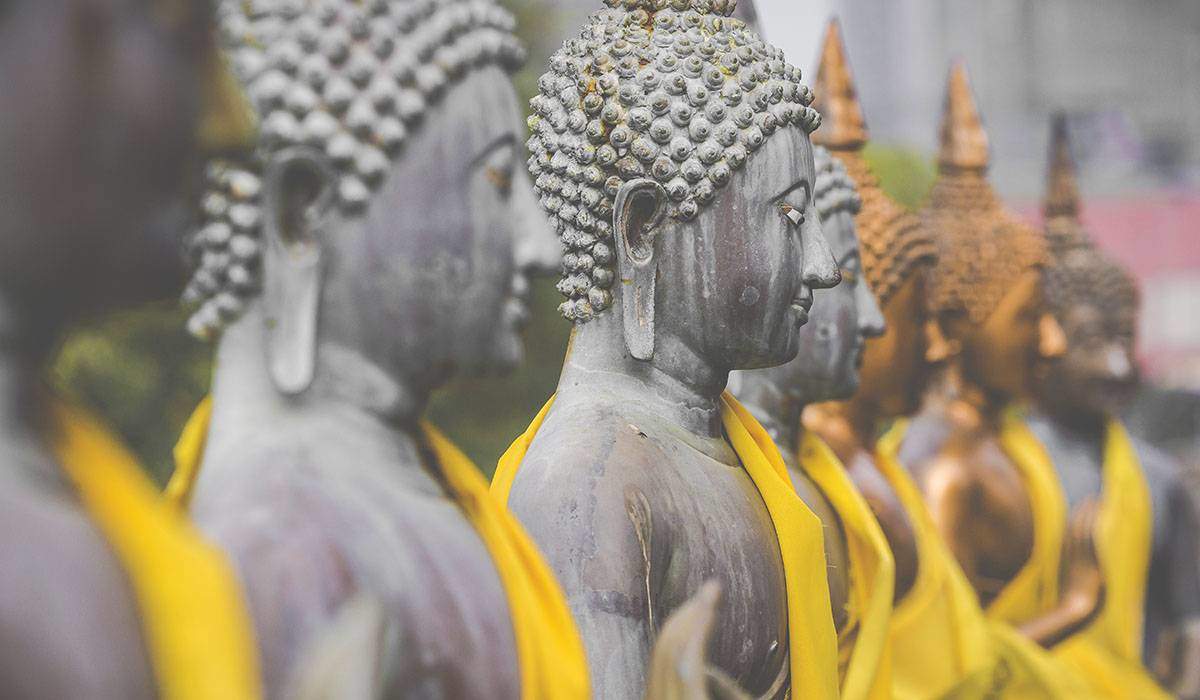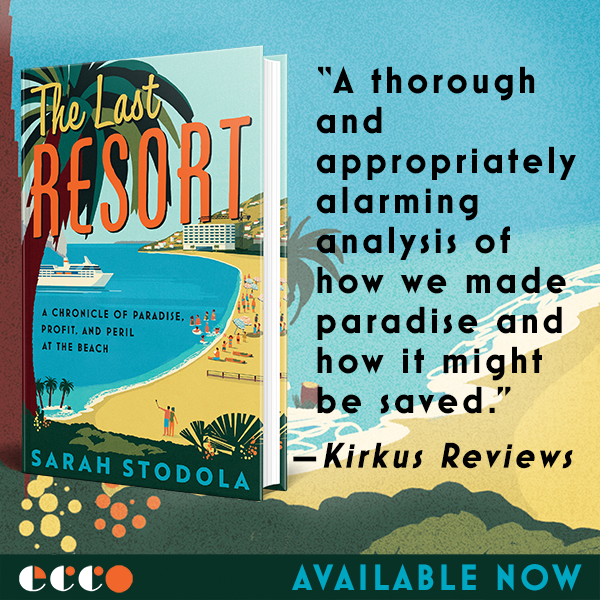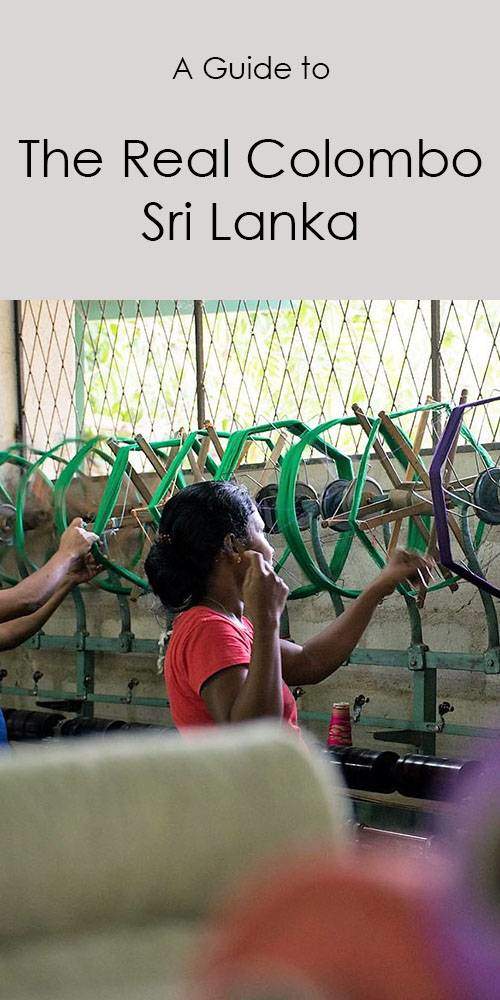Colombo, the ancient port-turned-soaring metropolis on Sri Lanka’s east coast, is not an easy place to get to know. Now that Sri Lanka’s 25-year civil war is over, vast sums of money are being pumped into the country’s commercial capital, constantly remaking the landscape in a new image–one result of which is that Colombo tourism is on the rise. On the ground, it seems that every existing building is being renovated, while every spare patch of land is being transformed into a shining new mall, colossal hotel or skyscraper.
This makes Colombo a complicated place to be a tourist, especially with recent reports of land-grabbing at the expense of local farmers and fisherman, and of the country’s outsized military using tourism to enrich itself, again at the expense of ordinary Sri Lankans.
With all the newness taking center stage, the beating heart of the city doesn’t immediately announce itself. It’s easy to drift into a government-run tea house, gem store or handicraft shop, but good, authentic places to eat, sleep and shop can seem elusive.
But that doesn’t mean they aren’t there. Just under the surface of Colombo, there’s a fascinating culture to be explored. Below, I’ve outlined the best way to spend a day in this Sri Lankan city if you want to take it in the way the locals do.
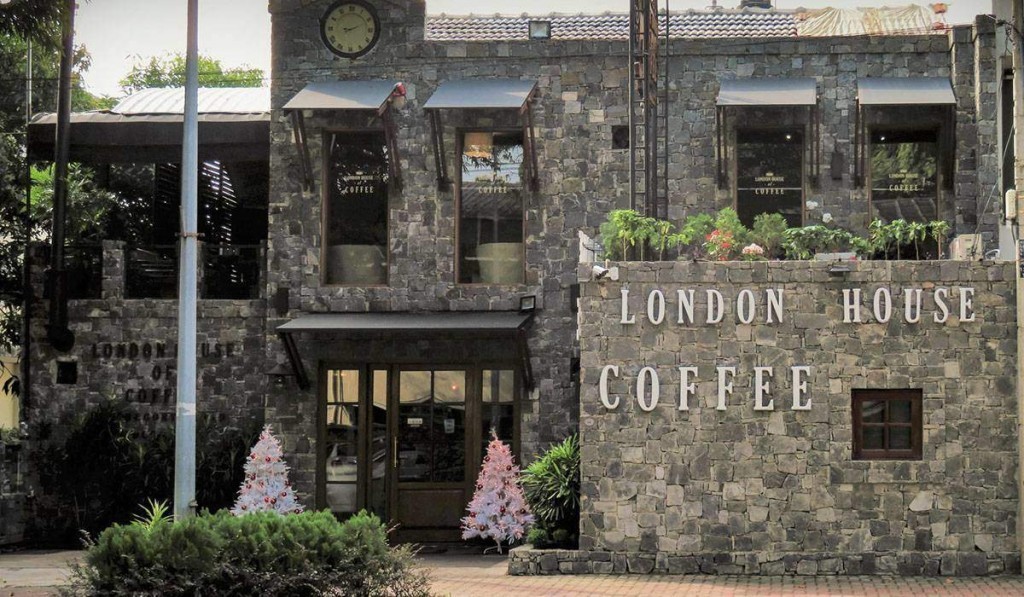


Morning
Cinnamon Gardens: Parallel to the ocean and running all the way through the city from North to South is Galle Road, an exhausting jumble of banks, small shops and gem stores. Heading South from the Fort, take a left up 5th Lane, and be immediately transported into a vibrant leafy suburb that seems a world away from the mayhem. This is Cinnamon Gardens. If you’re there early enough, you’ll enjoy the beautiful colonial houses with only the birds, jasmine trees and local gardeners for company.
Coffee: Walk towards Colombo Cricket Club and you will come to London House of Coffee (2 R G Senanayake Mawatha). 150 years ago, Sri Lanka was one of the top three coffee-producing countries in the world (along with India and Brazil). After a blight affected crops, coffee fell out of fashion. A few years ago, there was a mini-revival, and now the city boasts a handful of places serving good coffee sourced from local growers–Soul, Hansa Ceylon and Whight & Co are some of the brands to look for. London House of Coffee sources its beans from the Kotmale Hills just North of Nuwara Eliya, the region that was at the center of the boom in the 1800s; it was the best I tasted in Colombo. Upstairs, there’s a peaceful terrace where you can listen to the birds in the trees, and watch the street below as the city begins to wake up.
Gangaramaya Buddhist Temple: Walk around the edge of Vihararmahadevi Park and head up Park Street to the Gangaramaya Temple (61 Sri Jinarathana Road). With its relics, ancient bodhi tree and collection room, which houses every bizarre gift the monks have ever received, this is one of the most fascinating places in Colombo, and you can easily while away a couple of hours nosing around. It is very much a working temple and at 11 am every morning there is a puja with raucous horn-blowing and drumming.
Pettah Market: Take a quick detour through Pettah, north of the train station, which will be buzzing with trading and shopping. There are some interesting foodstuffs, as well as old books and leather goods. It’s dilapidated and grubby, but gives you a flavor of ordinary life in the city.
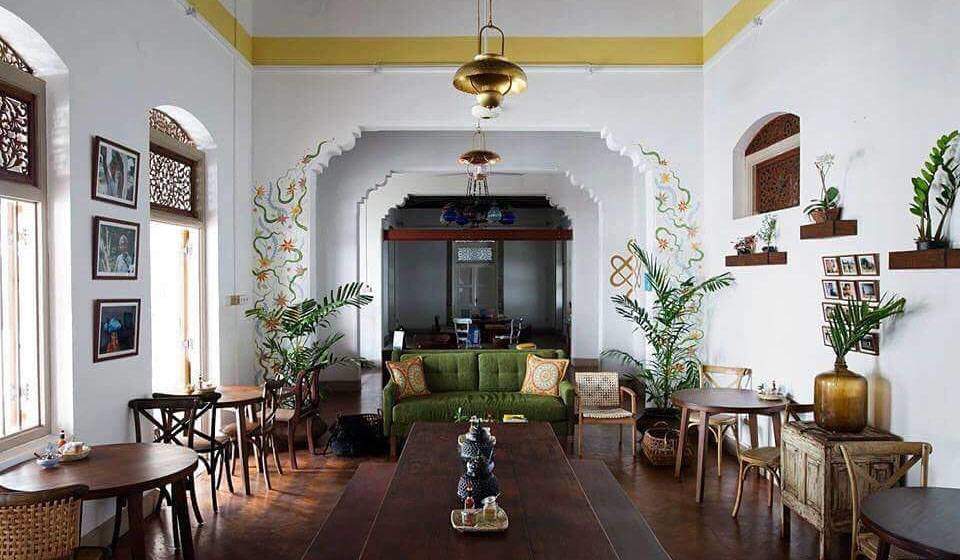


Midday
Lunch: It gets hot quickly at this time of day, so jump in a tuk-tuk, then stop off at one of the juice bars that are dotted all around the city, where you can pick up anything from an orange or papaya juice to a more exotic concoction with tamarind or karela. Make your way to Café Kumbuk, hidden down a dirt road off Horton Place (Prana Lounge, 60 Horton Place).
Owner Shana Dandeniya makes a point of relying on local businesses and is especially keen to support home-based entrepreneurs such as bakers. The tea comes from a local organic tea estate, and the café has a great sustainability policy:If you bring your own containers for takeout you receive a 10 percent discount. The atmosphere is lovely and lighthearted and the food is fun and inventive. My lime juice came with a watermelon ice lolly, crushed ice and salt round the rim like a margarita. That plus my mango and halloumi salad came to less than
Shopping: From lunch, a short walk past the Cricket Club brings you to the Good Market (Nuga Tree Car Park, 14 Philip Gunawardena Mawatha), which has stalls selling everything from natural cosmetics to cotton clothing to an array of interesting fruits, vegetables and groceries. It is a popular place that has grown from an initial 32 vendors to 340, and has recently expanded into the town of (The website is a hub for suppliers selling everything from upcycled products to cacti and lists some fascinating ventures including paper made from invasive plants.) If you’re not in Colombo on a Saturday, there is a permanent shop on site.
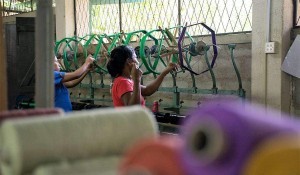


A hand loom business might initially seem a little tame for Colombo, but Selyn (102 Fife Rd, Colombo 00500) has grown from a handful of workers to five factories, sixteen rural workshops and over 1,000 employees in villages across the North and East of the country. Established 16 years ago by lawyer Sandra Wanduragala to provide rural women with a way to earn their own income in the male-dominated Sri Lankan society. Today it is a thriving, sustainable business, registered with the World Fairtrade Organisation. Employees get help with childcare, and flexible hours. Their airy store sells bright home textiles and beautiful children’s toys, cotton fabrics and even a range of bridal wear.
If you like Selyn, you’ll love Island Craft, (33 Lauries Road) with a shop in Bambalapitiya selling gorgeous modern baskets, throws, tableware and ceramics, all handmade in traditional village communities.
If you fancy taking some tea back, there’s always a government tea store, but you could also pay a visit to Tea Triumph (14a, Marine Drive). A 30-minute walk along Marine Drive towards Kolupitiya, the shop sells a local brand produced in a factory near Kandy that supports 300 local tea growers.
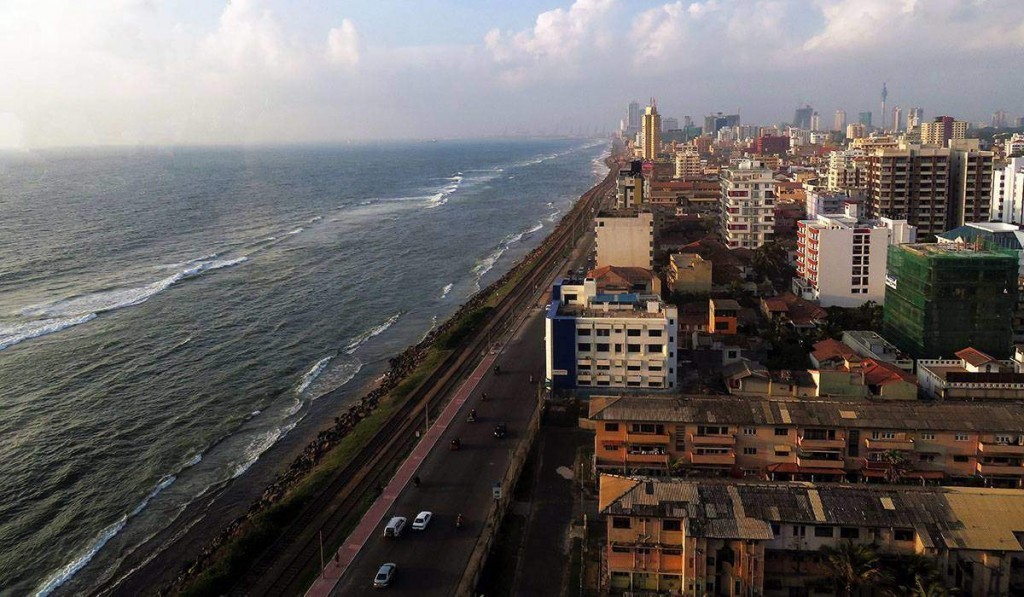


Evening
Evening Puja: At around 6 pm, a clanging, discordant bell and the deep sound of Om call worshipers to the Sri Kaileswaram Temple (11/15 Captain’s Garden Kovil Street) for the evening puja, and the priest will let you observe. Don’t be surprised to see bare-chested priests and a lot of naked flames. It’s spine-tingling, stirring, and worth turning up for.
Cocktails: If catching the sunset with a cocktail is a must, then now is the time to dash south along Marine Drive to the OZO Hotel and leap into the lift to the 14th floor. Colombo is chock-full of rooftop cocktails bars, but this one has an especially great view – all the way to Fort, if it’s not too hazy. It’s a great spot to watch the waves roll in and contemplate the billions being poured into the city (ON14, OZO hotel, 26-28 Clifford Place).
End the night at a local’s drinking spot like QBAA (QBAA 2 De Fonseka Rd), which has live music and a friendly vibe.
Sleep: You can take your pick of Radissons, Marriotts and Hiltons in Colombo, but the experience is inevitably going to be so-so. Deep in the suburbs, Havelock Place Bungalow (No 6-8 Havelock Place) is a world away from the cranes and diggers–a low-key, one-story refuge, and a peaceful place to lay your head. Sweet dreams.
-by Jennifer Hudson.



